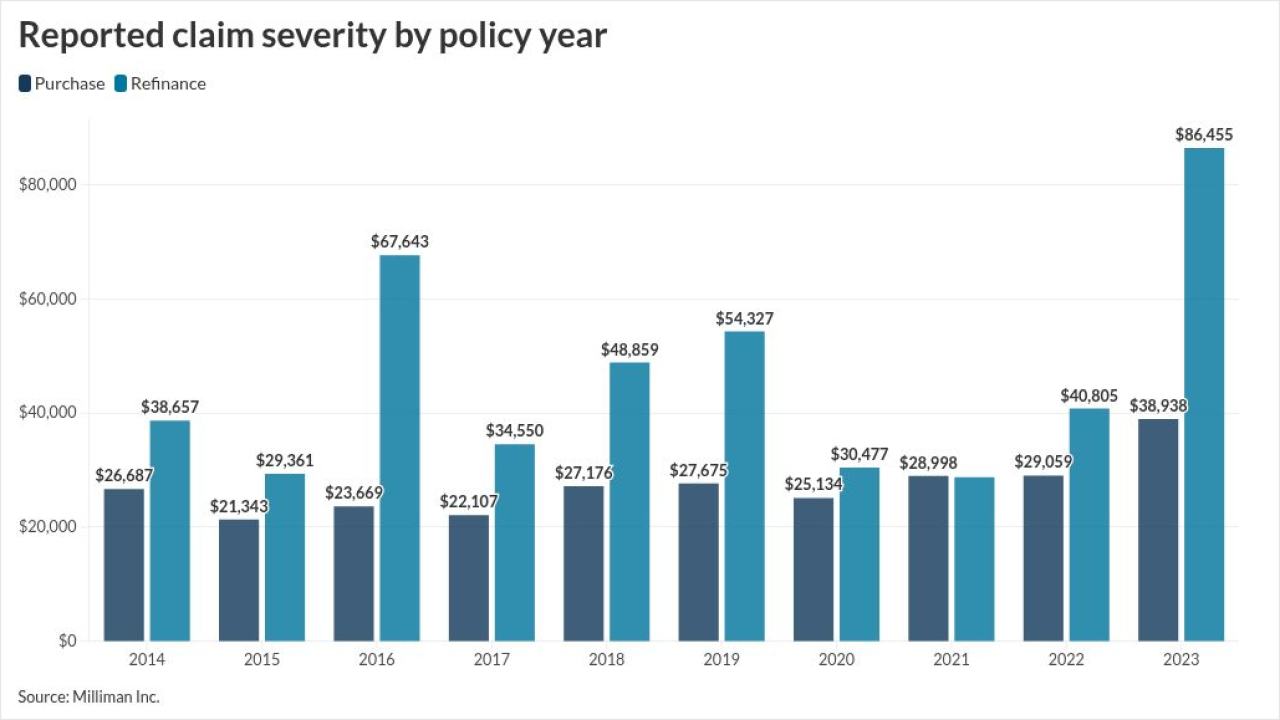
In today’s interdependent societies, it can be unclear where one risk ends and another begins, and that individual events can turn into a full-blown disaster, notes a new report.
The ‘Innovation in country risk management’ report, from
“Government efforts to assess large-scale risks often focus on specific types of events like a flood or earthquake,” OECD’s Risk Policy Analyst Jack Radisch warns. “There has been a tendency for ministries, departments and regulatory agencies at various levels of government to work in parallel and separate silos. This form of governance is far from optimal in today’s interconnected world where risks are more complex. The current financial turbulence is a telling example of how the management of risks we face in society should be coordinated from A to Z.”
The countries covered in OECD’s study include the United States, Canada, Japan, the Netherlands, Singapore and the United Kingdom. Each has established an ‘all-hazards’ view of potential sources of risk, including natural disasters, major accidents, terrorism or an event such as a flu pandemic. Singapore, for example, has implemented its Whole-of-Government Integrated Risk Management (WOG-IRM) framework, which aims to improve the risk awareness of all its government agencies, notes the report.
One of the main challenges facing government is making funding available to deal with a disaster, and getting the aid quickly to where it is needed. To strengthen cash flow for large-scale disasters, the report suggests that governments should consider not only “ex-post” but also “ex-ante” methods of risk financing. Ex-ante arrangements help societies adapt to the changing risks they face by ensuring that financial relief is in place before a disaster takes place, whereas “ex-post” compensation make public money available only afterwards.
In support of this “ex-ante” approach, OECD identifies a clear role for insurance and other, more recently developed, forms of private risk transfer in helping governments to transfer risk. These include catastrophe bonds, in which a payout to a beneficiary may be triggered when a disaster reaches a pre-defined magnitude. But the study also warns that large government insurance or risk-transfer programs should only intervene when private catastrophe insurance is too expensive or in short supply.
“Looking at risks across the board allows these countries to work more strategically to target limited resources at the exposures they consider a top priority, and it relies on close interaction not only between national, regional and local government but also with the private sector,” says Alex Wittenberg, partner at Oliver Wyman. “If we consider that more than 80% of critical infrastructure is owned by the private sector in most of the nations featured in the report, there is a clear need for extensive public-private co-operation in a number of areas.”
Among the successful measures by the governments concerned is to take proactive measures to increase public awareness of risks and to heighten peoples’ sense of urgency to prepare, mitigate and take out their own insurance against the hazards they face. The U.K. leads the way in educating the public about risks by publishing various scenarios in its National Risk Register; the Dutch government has implemented early warning systems and stages full-scale simulations to prepare its flood-prone communities for large-scale disasters; and Japanese citizens are encouraged to take part in high-profile National Disaster Prevention activities.
One idea to help bring more transparency and accountability to the way a nation manages its risks is to create a “Country Risk Officer” function, similar to the private sector’s chief risk officer.
“The job of this person, group or network would be to coordinate the risk assessment and mitigation activities for all hazards, and be the focal point to communicate throughout government how to address the risks on the table,” says Raj Singh, Swiss Re’s chief risk officer, in the report.
“This could overcome silo-thinking and deal with any trade-offs between the competing priorities of different government departments,” he adds. “The country risk officer function could also interface as needed with the private sector.”
The report describes other ways the state and the private sector can work together to raise awareness of risks, and how governments can enhance the effectiveness of private markets, for example, with better enforcement of land-use plans and building codes. Other ways to boost the availability of private insurance include favorable tax treatment for insurance reserves that are set aside for catastrophe pools.





